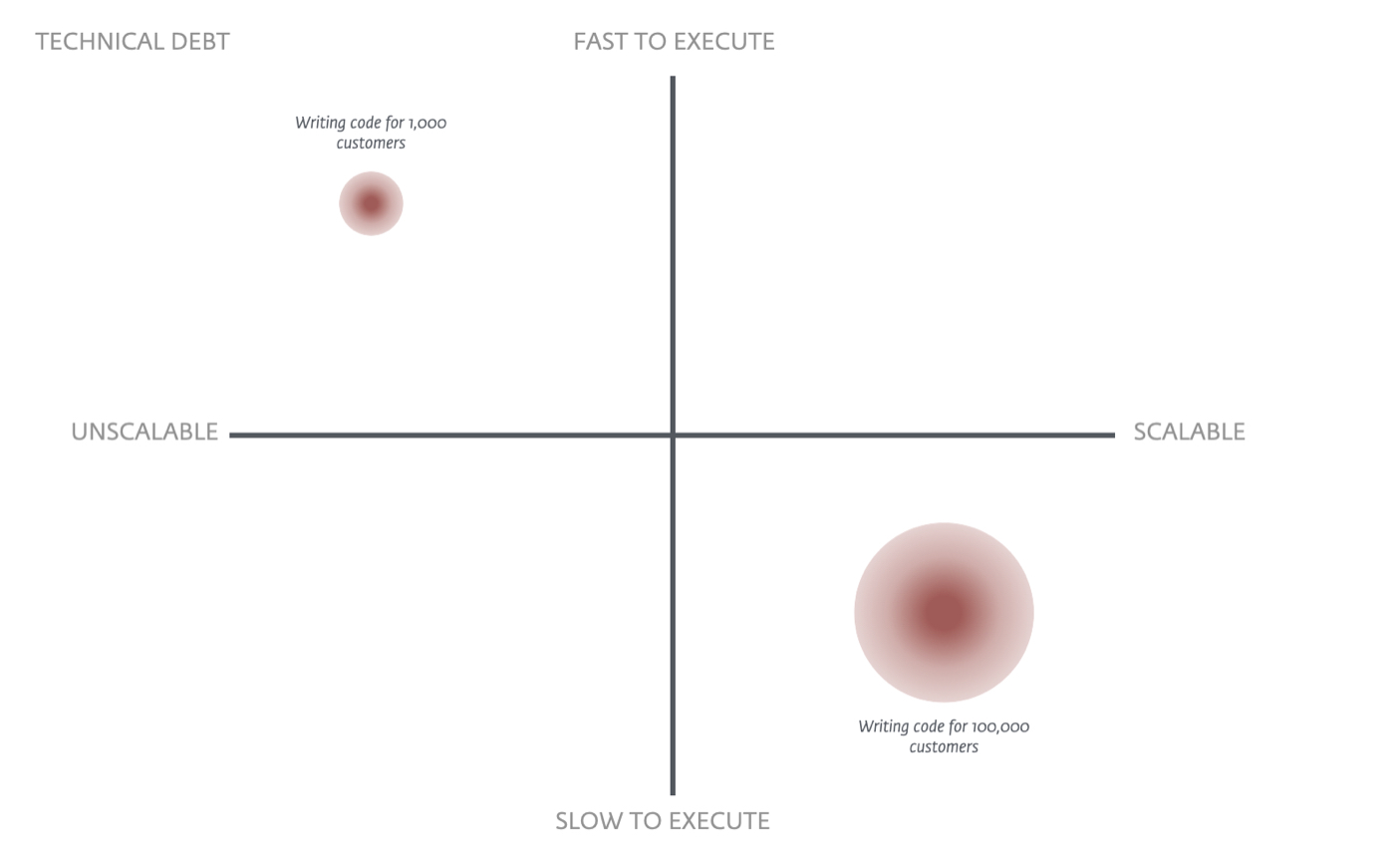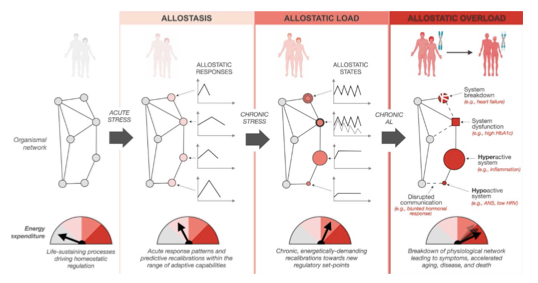
Our Chatbot Course is Almost Full!
Tired of missing out on AI? Want to learn how to build a GPT-4 Chatbot?
We just re-launched our How To Build a GPT-4 Chatbot course—designed to do exactly that.
It's an online cohort-based course that will teach you how to make your own GPT-4 based knowledge assistant in less than 30 days. You'll want to act quickly though! Over 80% of the seats for the course are already full. Click the link below to learn to build in AI?
“It is absurd that I could achieve what I did in four weeks!” — Henry F., former student.
In part I, we explored why the best decisions are emotional. In part II, we’ll look at the phenomenon of emotional debt and explore tools to mitigate its consequences.
If you’ve ever worked at a fast-growing startup, you’re probably familiar with the concept of “technical debt.” Code is scrappily thrown together so that the product can function. It’s done with the understanding that this debt will accumulate and eventually cause things to break if not addressed down the line.
Something similar can also happen with the human nervous system. We are able to buffer intensely stressful experiences by repressing our emotions in the moment (sometimes subconsciously). We save “feeling our feelings” for a later point when we’re more equipped to deal with them. But if we never unpack what’s there, we can accumulate emotional debt that contributes to burnout and causes issues with our bodies.
This isn’t a solved science, and not all cases of burnout or emotional reactivity are the result of accumulated stress reactions. But this “body keeps the score” model has gained a lot of traction in recent years (see the recent New York Magazine cover story). It has its critics, but in my work coaching founders, I’ve seen firsthand how helpful this framework can be.
With that caveat in mind, let’s explore the concept of emotional debt and how to clear it.
What is emotional debt?
Imagine the following scenario: you’re an employee who’s just been fired from your role (or, if you’re a founder, pretend your company went bankrupt overnight). Upon receiving the news, you’re likely to experience a surge of adrenaline and numbness—feeling disassociated or even dazed—right up until you arrive home and collapse on the couch. At this point, ideally the buffered emotions would surge to the surface to be experienced and processed.
This is what’s known in therapy circles as completing the “mobilization response,” and it’s an evolutionary process that we have hardwired into our nervous systems. Most mammals have an built-in mechanism for paying off this emotional debt.
To illustrate, witness this footage of an impala barely escaping from the jaws of a leopard. Once it realizes that it’s safe, lying on the ground, the impala’s entire body begins to shake—discharging the energy and completing the mobilization response that was triggered by encountering a predator. (These observations come from the work of Dr. Peter Levine, a biophysics and psychology doctorate who wrote one of the seminal texts on trauma processing.)
Somewhere along the way, many of us human mammals have forgotten how to complete these physiological stress cycles. Research has shown that this accumulated emotional debt wreaks havoc on our nervous systems—often leaving us stuck in hyper-aroused (anxious) or disassociated (shut-down) states. Most of the scientific literature focuses on people with extreme cases of PTSD, but I’ve seen these patterns play out with clients from a range of backgrounds.
In the short term, there are times when building up emotional debt is essential to survival. We have this biological wiring for an important reason: it allowed our ancestors to get through intensely stressful experiences and only process them once safety had been reached.
However, if left unaddressed—especially in a world filled with ambient sources of stress—these buffered experiences accumulate and contribute to various health conditions or burnout.
The Only Subscription
You Need to
Stay at the
Edge of AI
The essential toolkit for those shaping the future
"This might be the best value you
can get from an AI subscription."
- Jay S.
Join 100,000+ leaders, builders, and innovators

Email address
Already have an account? Sign in
What is included in a subscription?
Daily insights from AI pioneers + early access to powerful AI tools








Comments
Don't have an account? Sign up!
Keep it human. How can we create a culture where it is safe and appropriate to feel your feelings all the time?